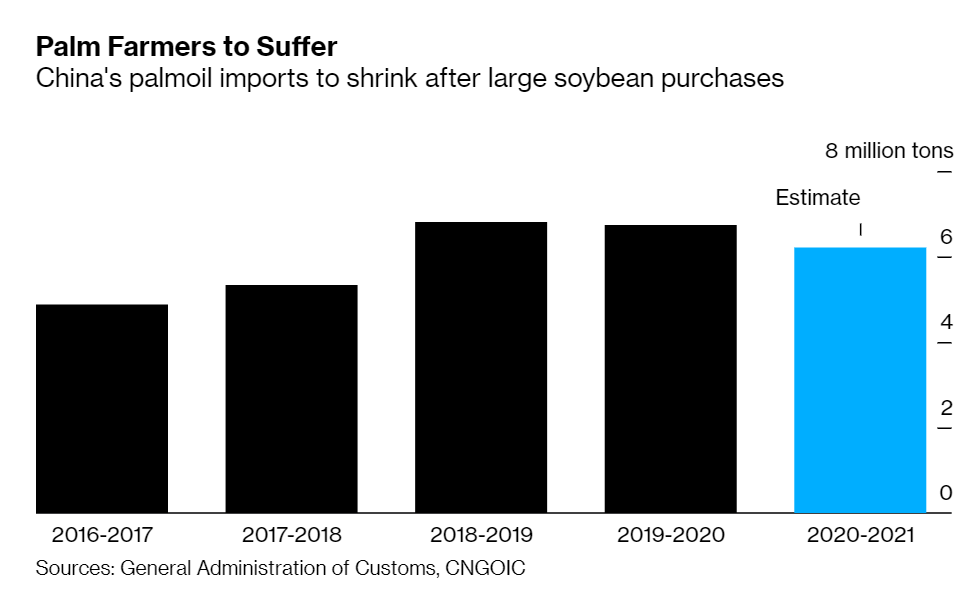TPP was signed under the Obama administration in early February 2016 with a particular goal in mind: to foster economic and geopolitical cooperation among the nations that house the Asia-Pacific region (but it was announced by Hilary Clinton in the Department of State, so that is seen as geopolitical). TPP member countries consisted of the 11 Asia-Pacific nations of CPTPP with the inclusion of the US. However, the following year saw the Trump administration withdrawing the US from the FTA. Following this, TPP reformed itself into CPTPP, with most of the free trade terms still intact.
To reiterate, CPTPP is one of the largest free trade agreements, comprising 13.5% of global GDP centered on Asia-Pacific economic cooperation. Then there is the RCEP, which is arguably the largest FTA, covering 2.2 billion people with a combined GDP of $26.2 trillion.
Concurrently, there are two FTAs that are centered around the economies in the Asia-Pacific region. The questions that arise are: (1) why are there two FTAs; and (2) what separates them apart? To answer the latter, one includes China and the other does not, although that may soon change. However, a more notable contrast between the two agreements is simply that RCEP is not as comprehensive as the CPTPP when it comes to the terms of trade. CPTPP outlines provisions regarding sustainable practices of the environment, labour, human rights, and the need for transparency and freedom of information, which are missing from RCEP.
The fact that there are two FTAs centered around the same region insinuates geopolitics in play by means of who stands to benefit from a multilateral economic expansion and who stands to lose. This would explain some of countries stance on RCEP, particularly the US and India, who may be of the opinion that signing the FTA is not entirely favourable to them.
Geopolitical significance
The narrative spun by western news outlets would have us believe that RCEP is a China-led initiative, with the sensational headlines such as “Why is China Creating a New Asia-Pacific Trade Pact” circulating the media, creating a misunderstanding especially if the rest of the write-up goes unread. It is worth reiterating here that RCEP is an ASEAN-led initiative and, had it been spearheaded by China, the likeliness of RCEP coming to fruition would be slim.
Nevertheless, China does stand to be the biggest beneficiary of the RCEP, allowing the Asian giant to expand its economic influence over Asia-Pacific. The FTA provides China with the opportunity to create new value supply chains amongst REP member countries, establishing itself as a possible hegemon in a time where US influence is diminishing (although suggesting that the US is no longer the global economic hegemon is a highly contested argument itself).
Interestingly, while RCEP was presented as a step towards multilateralism, sceptics believe otherwise. There is underlying pattern of countries being more confrontational towards China, stemming from the US-China trade war—trade tensions between Australia and China is a notable example. The worry amongst political and economic stakeholders is that countries will become more vocal in expressing their dissatisfaction against China in matters of world affairs, creating tension among RCEP member countries and potentially compromising the FTA.
The future of RCEP?
Now that RCEP is signed, the implementation of the FTA shall only take place once it is ratified by each participating country, a process that may take years. There are still uncertainties regarding the agreement and the effect it will have in the Asia-Pacific region and its Western allies. The uncertainties stem from the future of trade amidst the backdrop of an ongoing pandemic and how RCEP will evolve to cater to unforeseeable changes, including the likelihood of India re-joining, the US position in this new global economic order, and future of trade multilateralism as a whole.
As with any multilateral trade agreement, there will be winners and losers, so the real question here is: are the countries ready to shoulder the burden of the losers? Only with the unravelling of time would we see these questions being answered.
By Cyrene PERERA, Segi Enam intern, 14 Jan 2021 | LinkedIn
Edited by KHOR Yu Leng and Nadirah SHARIF











